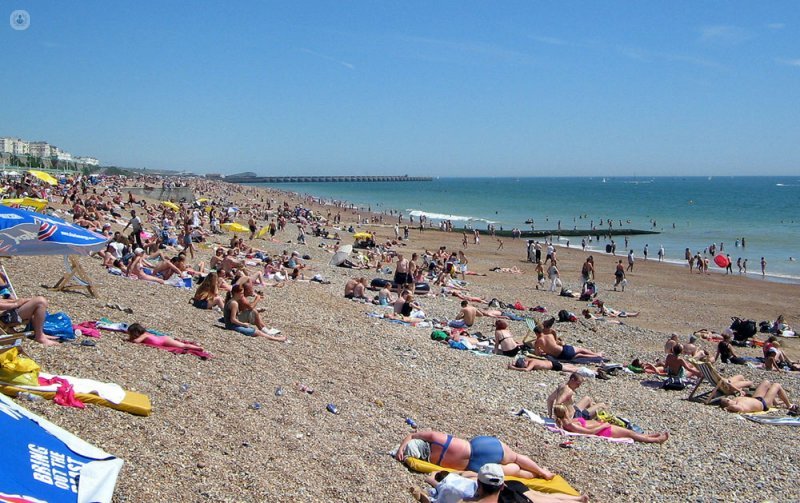The ABCD guide to checking skin cancer
Written by:Skin cancer is the most common type of cancer worldwide. Thankfully, with early detection and appropriate treatment, it can be cured in most cases.

The ABCD skin cancer guide
It is important to watch out for changes in moles or for the formation of new moles. The ABCD guide is helpful and stands for:
- Asymmetry
- Border becoming irregular
- Colour changes especially uneven colour
- Diameter greater than 6mm
Other signs
Melanoma tends to appear as a new lesion more often than developing from a pre-existing mole. A new mole or one which is different to the rest of the surrounding moles should be scrutinised more carefully. Moles which become itchy or bleed may also need to be examined. It is also important to be aware that most skin cancers do not appear as “moles”. Basal cell carcinoma often appears as a pearly pink or red spot, a red scaly patch or an ulcer. Squamous cell carcinoma appears as a scaly or crusty area of skin or a lump with a red, inflamed base. They may feel sensitive to touch and bleed when rubbed. As we get older we develop scaly, rough patches predominantly areas exposed to the sun. These are known as actinic keratoses and they become more common with advancing age especially in fair skinned people. These occasionally develop into squamous cell carcinoma and so can also be considered to be pre-cancerous.
Fortunately, most skin lesions are harmless and we are more likely to develop benign lesions we with age. However, it is difficult for an untrained eye to tell the difference, so if you are concerned about skin cancer it is best to seek your GP’s opinion and if necessary refer to a dermatologist.
If in doubt get it checked out!

